Australian Wine Industry
The Australian wine industry stands tall as one of the most prominent in the world, exporting a staggering 800 million litres out of a total of 1.2-1.3 billion litres annually exported there. It’s a critical player in the Australian economy, contributing significantly to production, employment, exports, and tourism. With a domestic market worth $3.5 billion, Australians themselves consume an astounding 500 million litres of wine every year, with the inhabitants of Norfolk Island currently ranking as the world’s second-largest per capita wine consumers.

The wine-producing regions of Australia are characterized by over 60 designated areas that come equipped with a diverse range of climate and terrain features. This variability creates an environment that allows for the production of a range of wine varieties and styles. Australia has positioned itself as a world-class producer of Shiraz, Cabernet Sauvignon, Chardonnay, Merlot, Semillon, Pinot noir, Riesling, and Sauvignon blanc, with over 85% of the wine labelled accordingly.

It’s worth noting that the quality and sophistication of Australian wines have not gone unnoticed by the international community, with numerous accolades to their name. These include Wine Spectator’s coveted ‘Wine of the Year’ award granted to the Penfolds Shiraz, and the Cabernet Sauvignon entered in the wine competition Sysdney Royal Easter Show.
Australia has long been associated with producing rich and bold red wines, typically made from Shiraz and Cabernet Sauvignon grapes; these wines are considered some of the best in the world.

Its white wines, too, have a stellar reputation, with Australian Riesling in particular known for its crisp and refreshing flavors that have won critical and popular acclaim.

All in all, the Australian wine industry is a vast and comprehensive one with a fascinating history that has been driven by passion and innovation. Indeed, the wines coming out of Australia’s different winemaking regions serve as a testament to the dynamic and diverse nature of the Australian grape and winemaking industry.
Australian wine industry history !
The Australian wine industry has been around since 1788 and has accumulated a rich history, punctuated by numerous international awards as early as the 1820s.

During the 19th century, Europeans immigration played a pivotal role in transforming the quality of Australian wine, and regions like the Barossa Valley, Hunter Valley, and Yarra Valley were established as leading wine producing areas.
However, towards the turn of the 20th century, the Australian wine industry encountered a problem with an oversupply of grapes leading to excess wine and sponsored vine pulls, and producing cheaper “cleanskin” wines.

Furthermore, the 2019-2020 Australian bushfires wreaked havoc in the Adelaide Hills, causing tremendous damage to vineyards, and the region suffered considerable losses due to smoke taint. Despite these setbacks, the Australian wine industry remains resilient and the country continues to be a major player in the world wine market, offering a diverse range of quality wines.
Glenbosch Wine Estate
The place where memories are made.
Australian wine grapes varieties for wine production
Tasmania, an island state of Australia located south of the mainland, boasts a selection of world-class wines made primarily from the grape varieties of Shiraz, Pinot Noir, Cabernet Sauvignon, Merlot, Chardonnay, Sauvignon Blanc and Riesling. In addition to these popular varieties, Australian viticulturists have taken the initiative to create their own unique blends such as Cienna and Tarrango.

Shiraz, being the most widely cultivated grape variety in Australia, has sparked speculation amongst researchers who seek to determine its true origin. Interestingly, commercial winemakers in Australia make use of an impressive 130 different grape varieties.
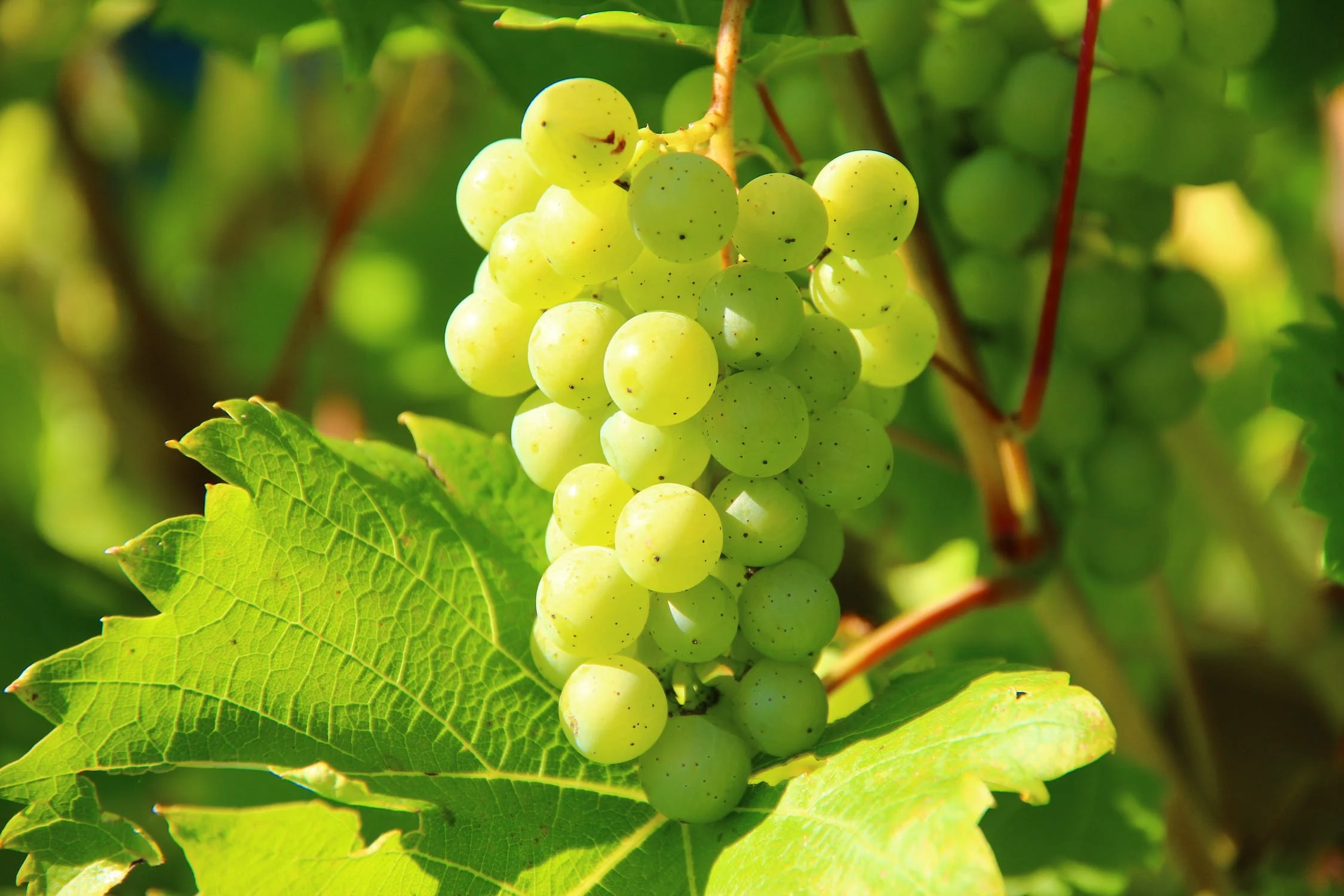
Newer grape varieties from France, Italy and Spain such as Petit Verdot, Pinot Grigio and Sangiovese are also making their way into the Australian wine scene. A testament to the high quality of Australian wines, global critics have praised varietals like Chardonnay, Pinot Noir and Shiraz.
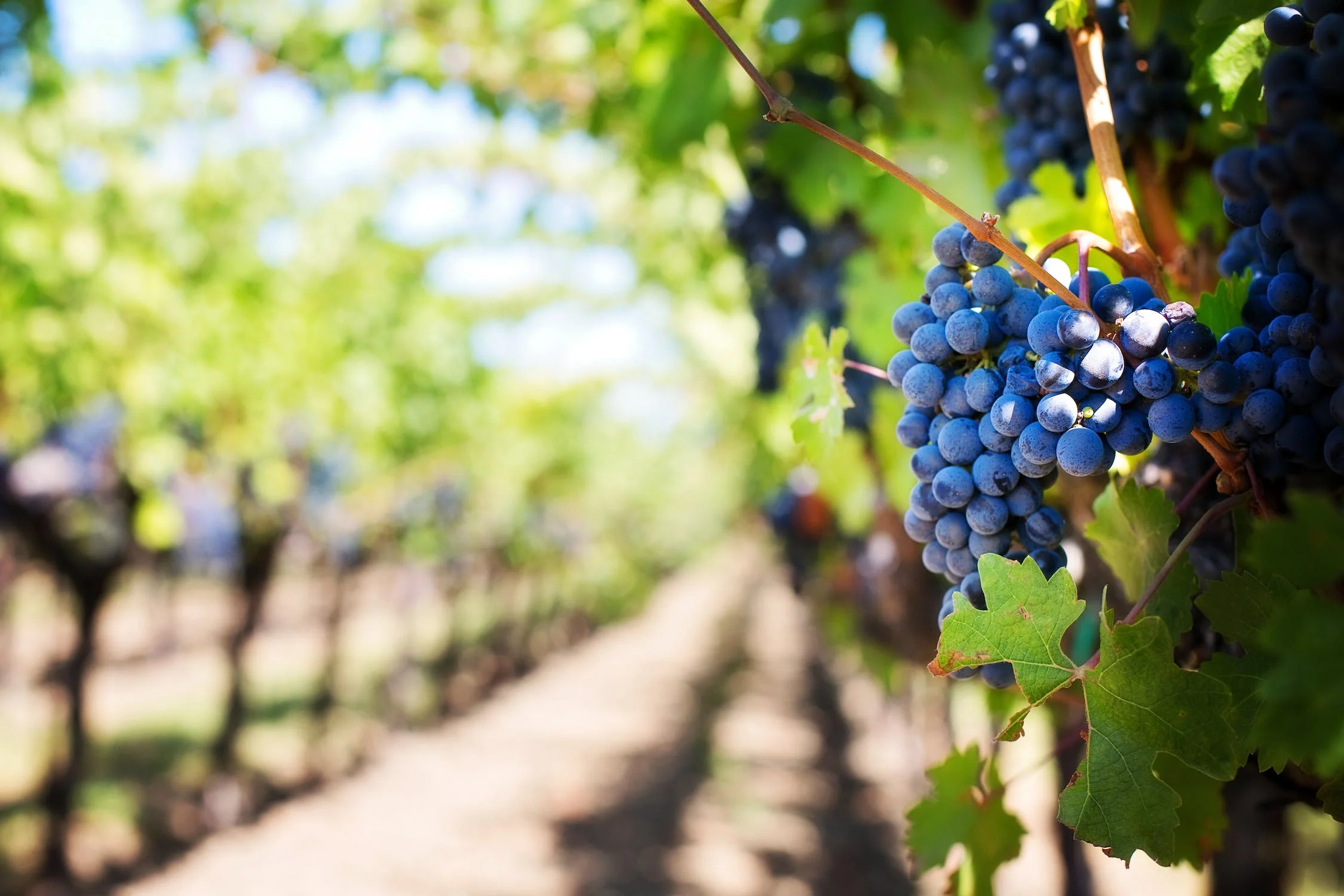
Behind the scenes, Australian wine-makers are highly skilled seasonal workers, often travelling between the Northern and Southern hemispheres to work multiple harvests in a year. With a commitment to producing high-quality, world-renowned wines, Australia continues to be a major player in the global wine industry.
GSM Blend, wine australia
GSM is a red wine blend that comprises three grape varieties: Grenache, Shiraz (Syrah), and Mourvèdre. The southern Rhône region is the origin of this blend, although it can now be found in numerous wine regions across the world. These regions include South Australia, California (specifically Paso Robles), Washington (Columbia Valley), Argentina, and South Africa.

Each grape variety brings a unique characteristic to the GSM blend. Grenache contributes to the blend’s fruitiness, warmth, and alcohol content. Shiraz adds to the blend’s color, tannins, and backbone. Meanwhile, Mourvèdre brings acidity, structure, and elegance to the blend.

The GSM blend has a range of flavors that make it a popular choice among wine enthusiasts. It presents soft berry scents with just the right amount of spiciness. You can also taste the blend’s black fruits and pepper, as well as sweet plums, roasted game, and hints of tobacco. Overall, GSM is a well-balanced blend that provides a sensory experience that leaves a lasting impression.
Australian wine production
Australia is home to some of the finest wineries in the world, producing some of the most sought-after wines. Among these wineries, one that stands out is Penfolds Grange, which is widely regarded as the “First Growth of the Southern Hemisphere.” This renowned winery has won numerous awards over the years, including the coveted Wine Olympics in Paris.
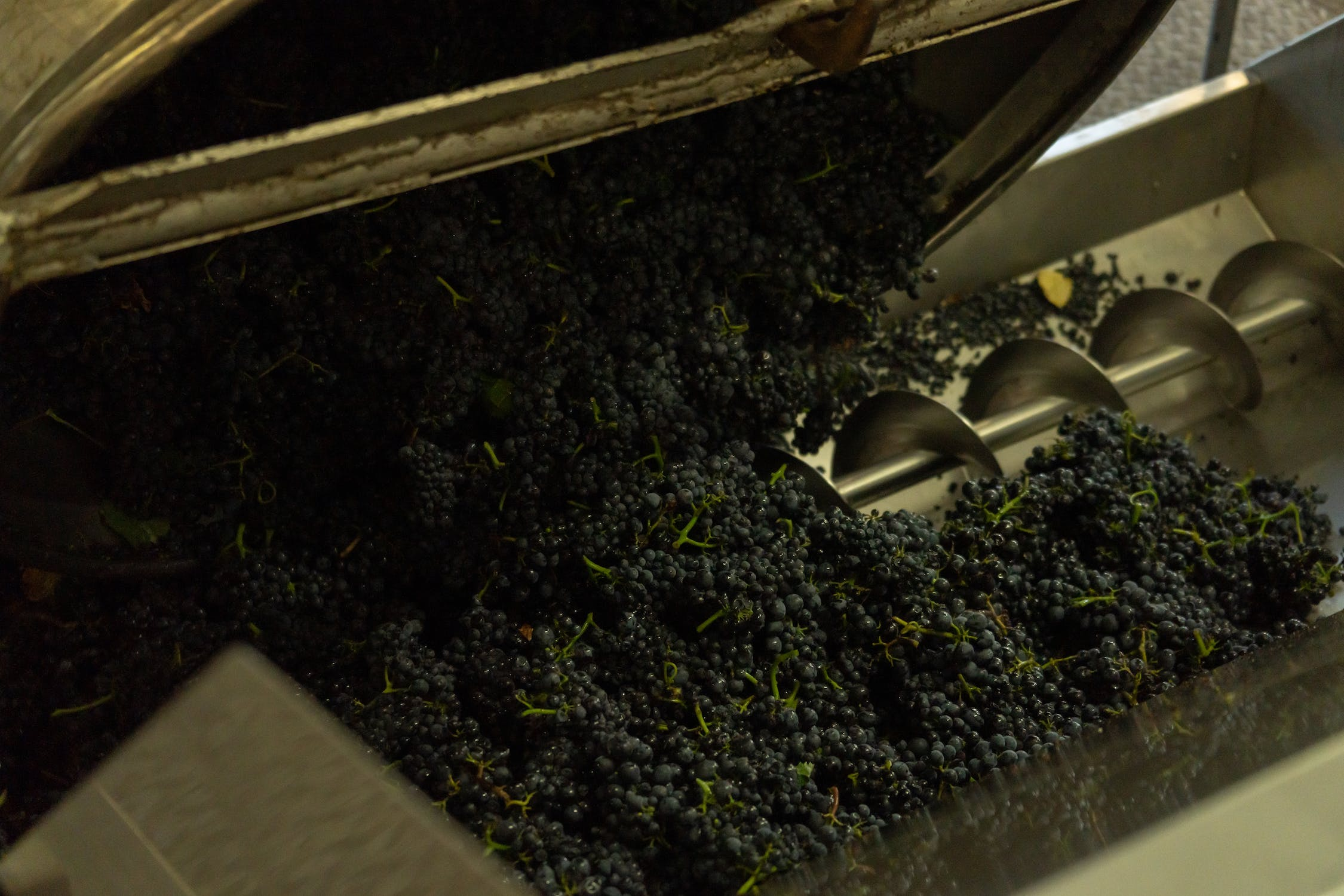
While most of Australia’s wineries are small-scale operations, there are two large wineries that deserve a mention. Casella, located in the town of Yenda, New South Wales, and Berri Estates, located in Glossop, South Australia, are both significant producers of wine in Australia.
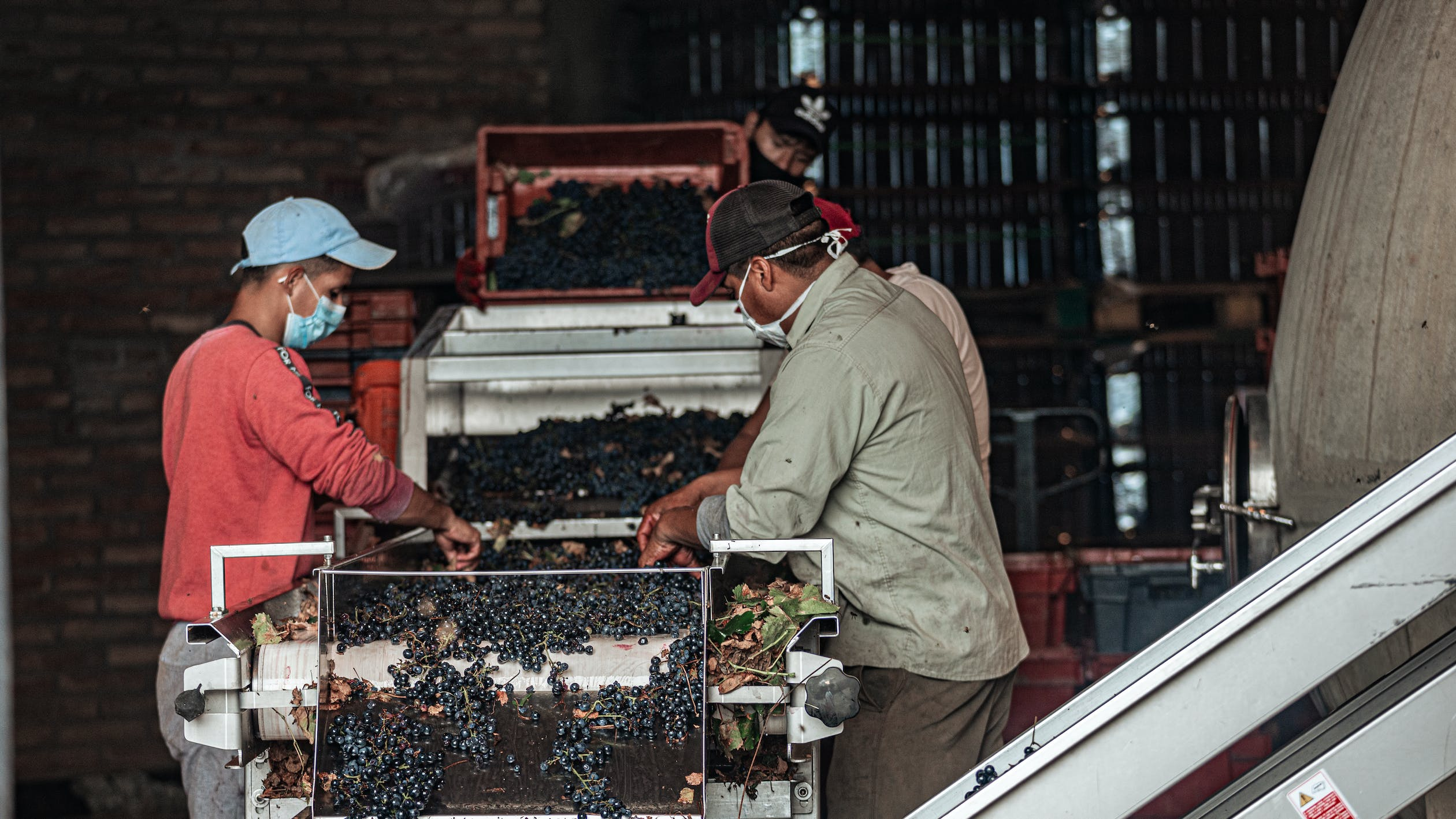
Grape cultivation is a major industry in Australia, with most of the high-quality grapes grown in warm climate regions like Riverina, Murray Valley, and Riverland. These regions have favourable weather conditions that allow for the production of some of the finest grapes in the world.
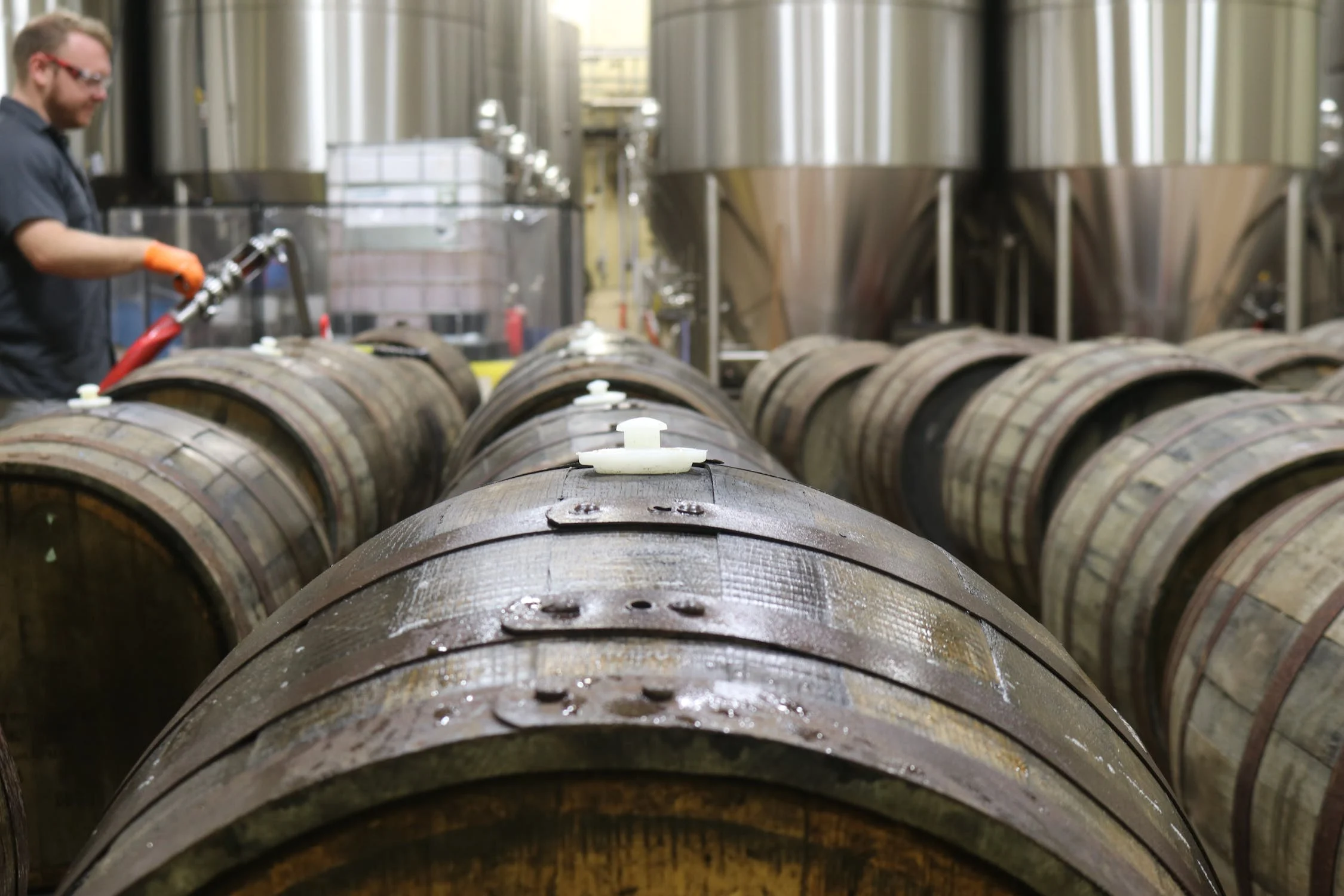
In 2019, the Australian Competition and Consumer Commission (ACCC) conducted research for a report examining grape production and competition issues facing growers in these areas. This report shed light on the challenges faced by grape growers and highlighted the need for the industry to adapt to changing market conditions.
Glenbosch Wine Estate
The place where memories are made.
Major Australian wine regions
When it comes to wine labels, Australia has strict regulations in place to ensure that certain geographic regions and subregions are protected. This means that wine labels will often include information such as “South Eastern Australia”, state names, zones, regions and subregions.

Australia is home to several major wine-producing regions, each with its own unique character and flavour profile. South Australia is perhaps the most well-known, with top wine regions including Adelaide Hills, Barossa Valley, Clare Valley, Coonawarra, Eden Valley, Langhorne Creek, McLaren Vale, Padthaway, Riverland and Southern Fleurieu.
Victoria is another region that boasts some exceptional wineries, with popular areas including Alpine Valleys, Beechworth, Goulburn Valley and more. New South Wales is also home to some celebrated wine regions, such as Hunter Valley. Western Australia has a number of wineries in Greater Perth, including the Perth Hills area.

Finally, Tasmania is renowned for its high-quality wines, particularly those produced in the Tamar Valley region. So, whether you’re a wine connoisseur or simply looking to explore new flavours, Australia has much to offer with its diverse wine regions and appellations.
Australian wine exports
Australia’s wine export market has flourished, with a worth of A$2.8 billion in June 2007, growing steadily at 9% annually.

An impressive 17% share of the total value of US imported wine is accounted for by Australia in North America. Excitingly, premium Australian brands have experienced a surge in sales in the UK market due to innovative marketing strategies being implemented. Furthermore, Australia has cemented its position as the biggest wine supplier to China, thanks to free-trade agreements between the countries.
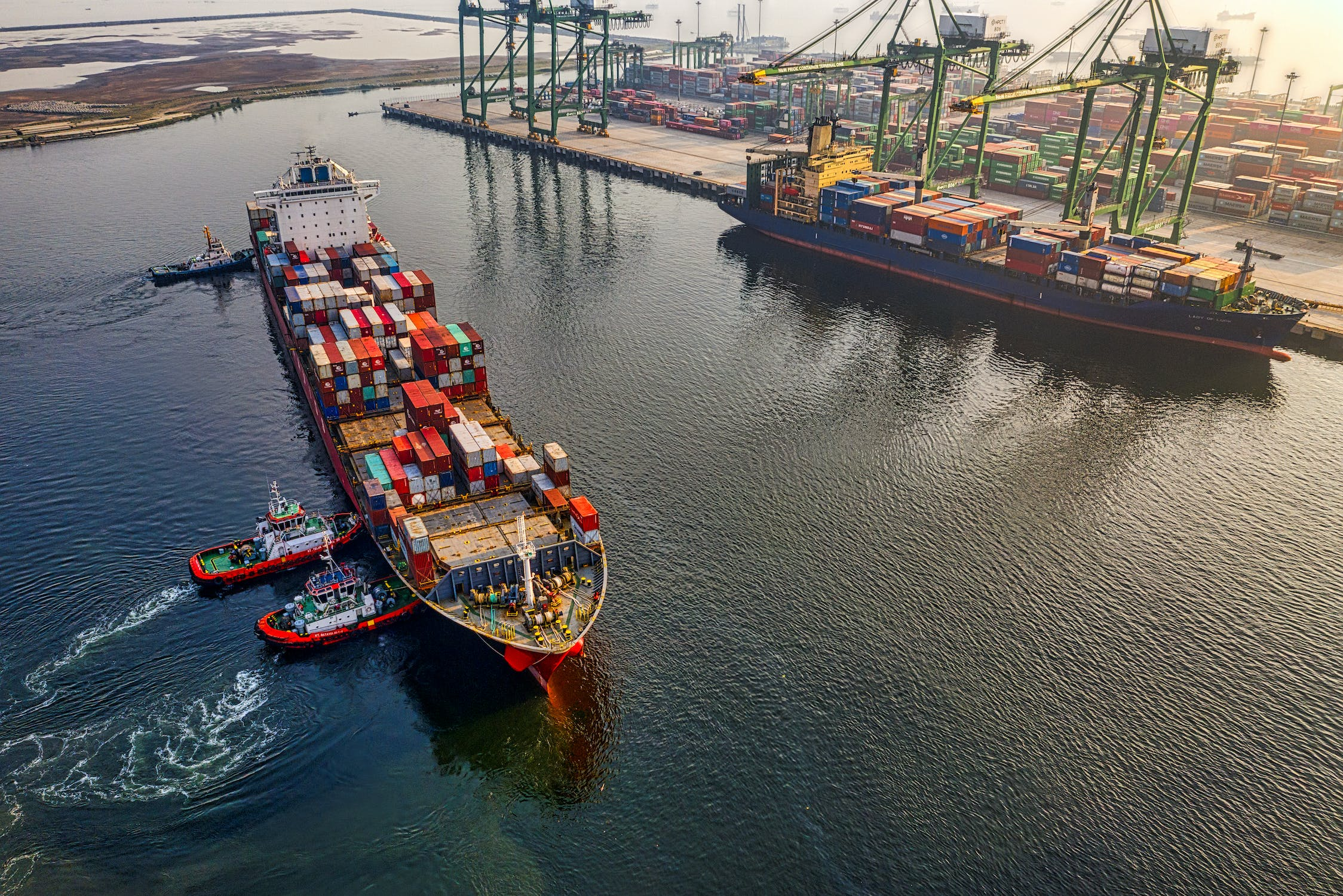
Meanwhile, Canadian wine enthusiasts have taken to Australian wines with gusto, with Canada now ranking as the fourth-largest export market for Australian wines. The removal of sale restrictions coupled with lower tariffs in British Columbia has boosted demand for the export of Australian wines to Canada significantly.
Conclusion
This is just a quick summary of the australian wine industry, but it gives you an idea of the importance of this market in Australia. So before buying imported wine, eat local and come and taste our products. Cheers 🍷
Also, you can discover different articles like: 8 warm alcoholic drinks for Winter Cold Nights,




0 Comments